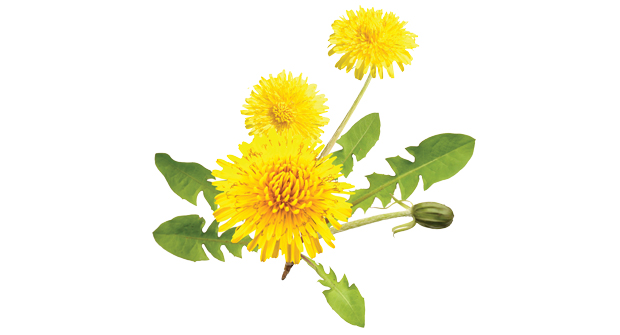
On behalf of my family, I wish to offer my sincerest apologies. What have I done; you may ask? Let me explain.
You may not know this but that scourge of lawns everywhere, the dandelion, is an introduced species in North America. As the story goes, the pilgrims brought dandelions with them on the Mayflower, ostensibly for the medicinal qualities of the plant. Keep in mind before you head down to the local natural health store to stock up that roughly half of the pilgrims died during their first winter in Plymouth.
Now, I enjoy diving down rabbit holes on the internet. If I see something that strikes my curiosity, I’ll do a Google search to see where it leads me. Many times, I’ll bump into something else of interest and down the rabbit hole I go.
This time, I was thinking about my grandfather, who passed away in 1984. That was long before the internet but I wondered if I could find any reference to him if I searched. Lo and behold, I did! It turns out that he’s included in the genealogy of descendants of Mayflower passengers. That means I’m related, too; therefore, my ancestors were responsible for the dandelions you see everywhere.
Gosh, folks. I had no idea! All these years customers were blaming me for causing all the dandelions on their lawn and by golly they were right!
I’ve had a curious relationship with weeds over the years. As a lawn care professional, I was paid to make them disappear. It required quite a bit of study and experience to become a competent weed assassin but somewhere along the way, my attitude towards weeds began to change.
It was when I was traveling across New England, going from one branch office to the next, training lawn specialists. I thought I had a decent grasp of what kinds of weeds you’ll find on the average New England lawn but I quickly realized that there were many species that I did not recognize.
I got into the habit of carrying a copy of Weeds of the Northeast. I destroyed two copies from overuse, carrying them around in the truck looking up one weed after another. I thought that I was fairly good at nailing down tough ones. Admittedly, since I am seven years removed from being on the lawns, my skills have gotten a bit rusty.
I stopped hating weeds and began admiring how tenacious and adaptive they are. You’ve seen the meme showing a delicate houseplant complaining — “Oh, a draft! Surely, I shall die!” while in the adjacent frame is a crabgrass plant growing through asphalt — “Asphalt? (bleep) yeah!” It’s funny because you know it’s true.
This transformation in my perspective was complete when I began bringing weeds home from my journeys. I would occasionally take a 4-inch diameter section of a customer’s lawn home and plant it on my lawn to observe what it would do. I tell you this now because I’m pretty sure the statute of limitations on stealing sections of a lawn has run out.
All of this is said in the context of what we’re working on in the policy space as we decide the future of pesticides. Federal courts have made it clear that the EPA has to be compliant with the Endangered Species Act when it registers pesticides for use. We’ve already seen one widely-used herbicide removed from the market; over-the-top uses of dicamba on soybeans were vacated by a federal court late last year.
You’ll properly note that dicamba is the same herbicide contained in many products labeled for lawn care. Compliance with the Endangered Species Act is sucking all of the oxygen out of the room you might say.
Our mission in this effort is to educate and inform policymakers about what we in the green industry do and how we do it. What we have discovered is that even though we account for less than 10 percent of the total volume of pesticides used in the U.S., we are a wellspring of ideas for mitigating the negative effects of pesticides. Long before the passage of the Endangered Species Act or the formation of the EPA, we had to develop our own mitigation practices to keep from damaging or killing sensitive plants close to pests we were trying to control.
If there was a dandelion right next to Mrs. Smith’s rose bush, you had best not harm a single flower or you’d hear about it! To combat that, we developed low-pressure, large droplet spray systems that minimize drift and techniques that reduce the total amount of pesticides applied.
I wonder what our forefathers would have thought about all of this.


